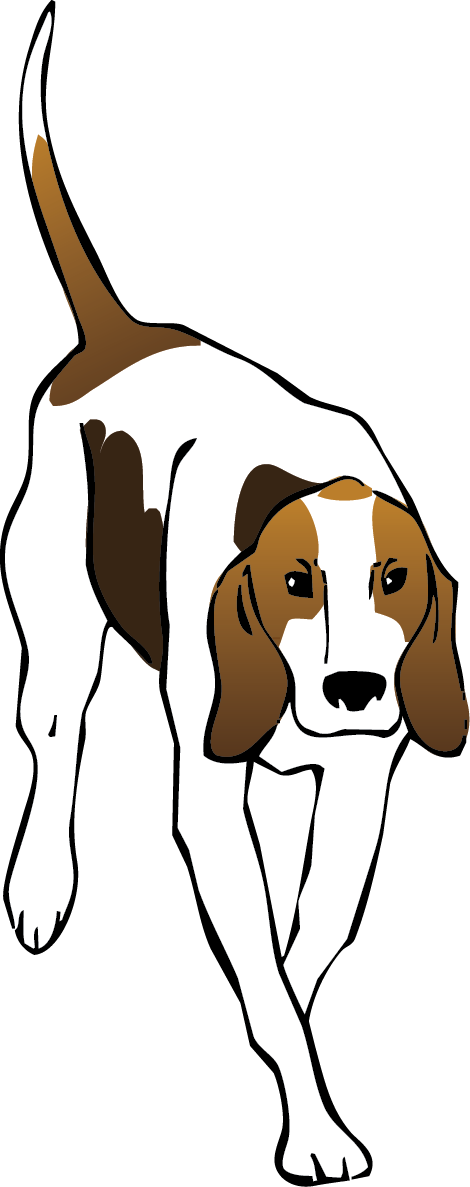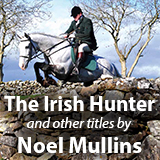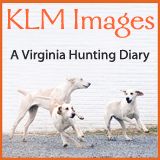eastern coyote
Moore County, NC: Is the Eastern Coyote a new Subspecies?
Every foxhunter in the eastern U.S. is by now well acquainted with the coyote—the Eastern coyote, that is. The question, according to ThePilot.com in Moore County, North Carolina, is this: is the Eastern coyote a new subspecies, or just the same old coyote formerly seen only in our western states? Dr. Colter Chitwood has been studying the Eastern coyote, its DNA, diets, behavior, and movements on the Fort Bragg Military Reservation, an area covering 251 square miles in North Carolina. Chitwood earned his bachelor’s degree in environmental studies at UNC, Chapel Hill, and his master’s and doctorate degrees in fisheries, wildlife, and conservation biology from N.C. State University. He grew up in North Georgia, hunting, fishing, and tramping through the woods. Dr. Chitwood will deliver a presentation of his findings at a meeting of Save Our Sandhills (SOS) on Thursday, January 29, 2014, at 7:00 p.m. at the Southern Pines Civic Club, located at the corner of Pennsylvania Avenue and Ashe Street. The public is invited, and refreshments will be served. See the complete article in ThePilot.com. Posted January 25, 2015
Read More
Eastern Coyote Is Part Wolf
The secret of the Eastern coyote was revealed just this year when scientists discovered wolf DNA in coyotes living in the U.S. Northeast. The scientists hypothesize that the Western coyotes mated with wolves as they migrated eastward north of the Great Lakes across Canada during the last century. The finding helps to explain why the Eastern coyotes are larger than their Western cousins, and why the colors of their coats vary—a predictable result of an out-cross. That the Eastern coyotes are more adept at deer hunting than their Western forebears is another observation that supports the hypothesis. The Western coyote tends to restrict its hunting to smaller game like voles and rabbits. Evidence that the animals thought for decades to be coyotes are in fact coyote-wolf hybrids was released by two research teams. Roland W. Kays, curator of mammals at the New York State Museum, led a team that studied coyotes from New Jersey to Maine. Jonathan Way, wildlife biologist with the Eastern Coyote Research consulting firm, and his colleagues studied coyotes around Cape Cod and Boston. Both teams published their papers independently. For more, see Carol Kaesuk Yoon’s September 27 article in the New York Times.October 3, 2010
Read More

















